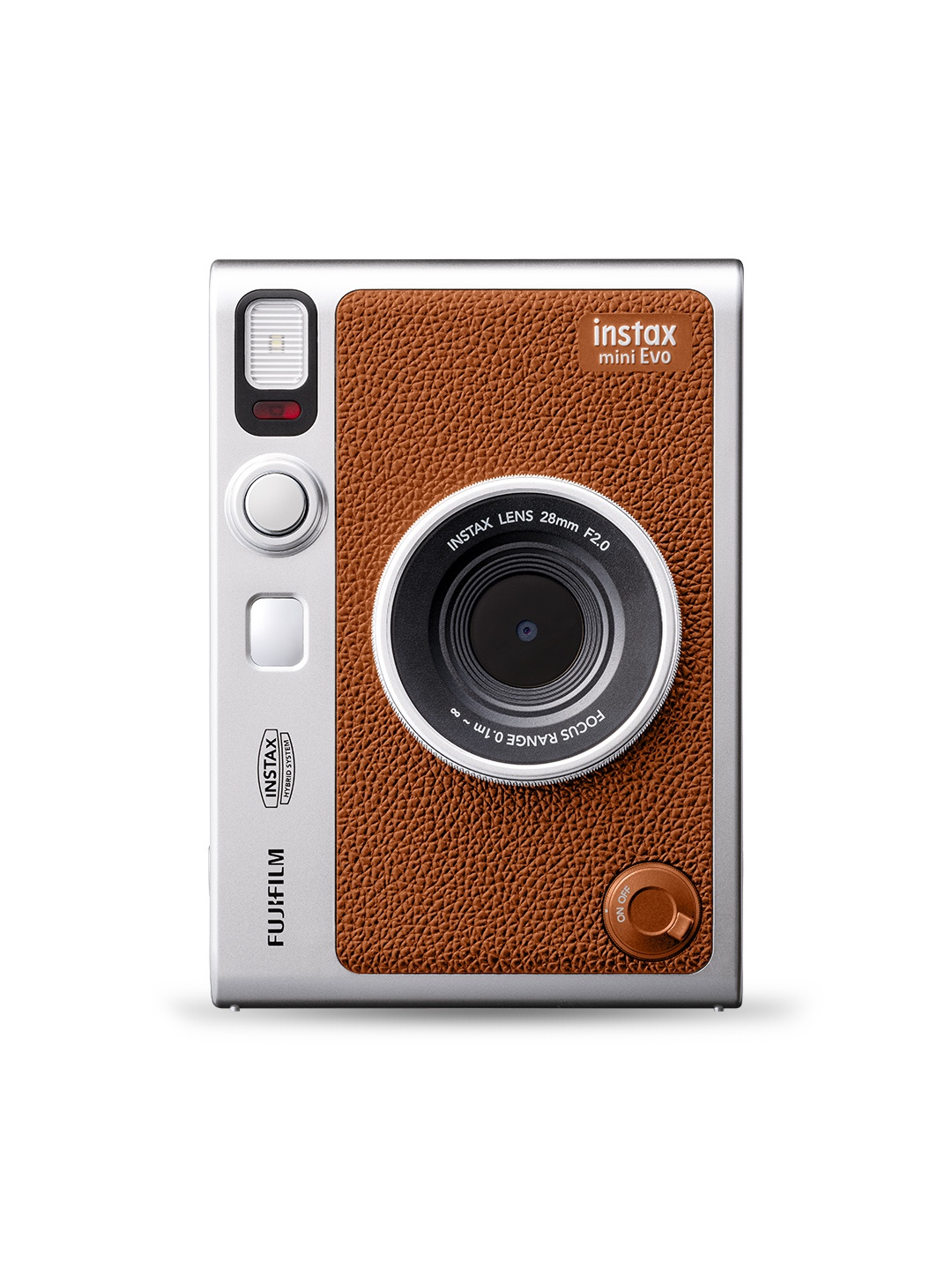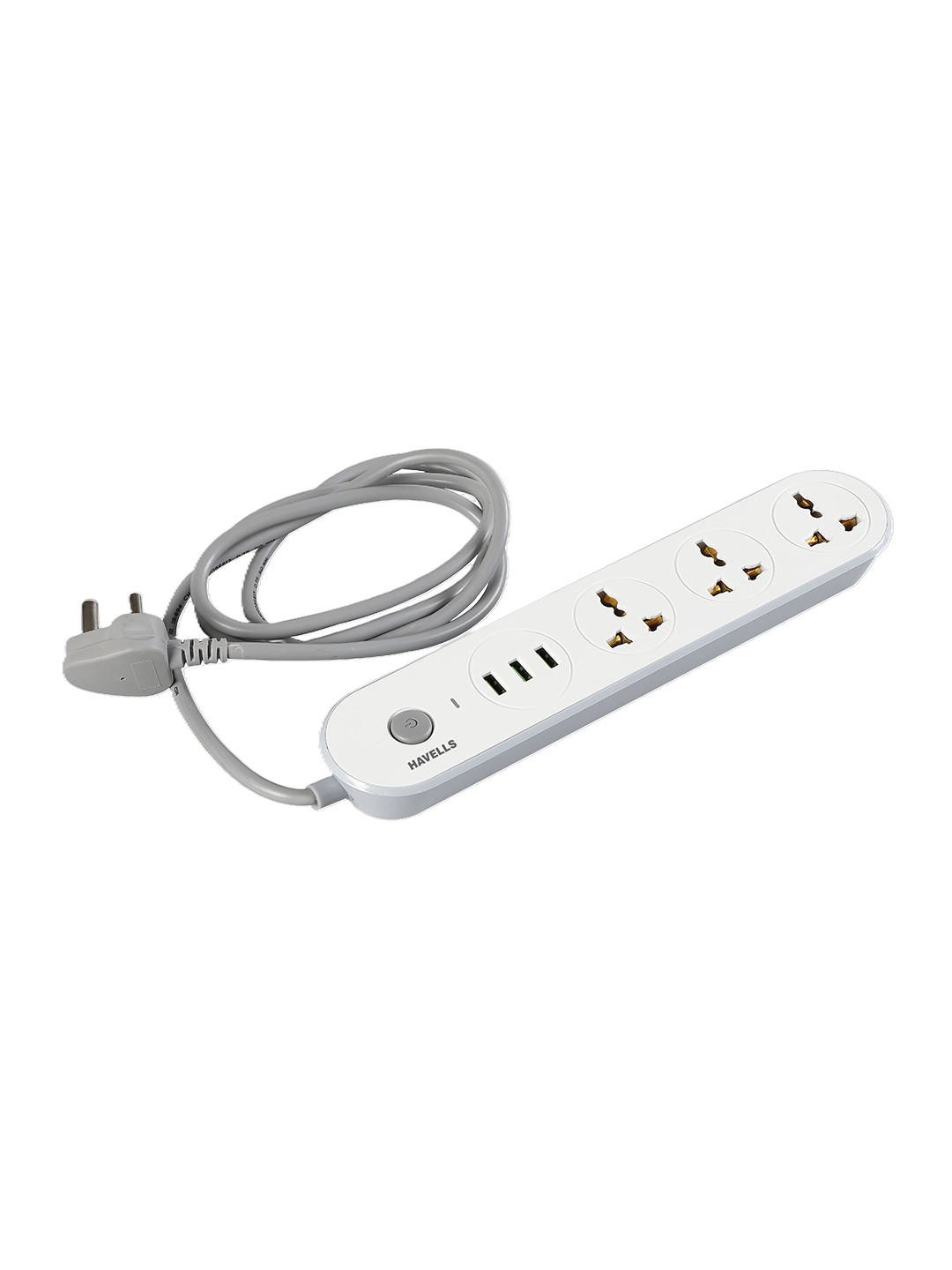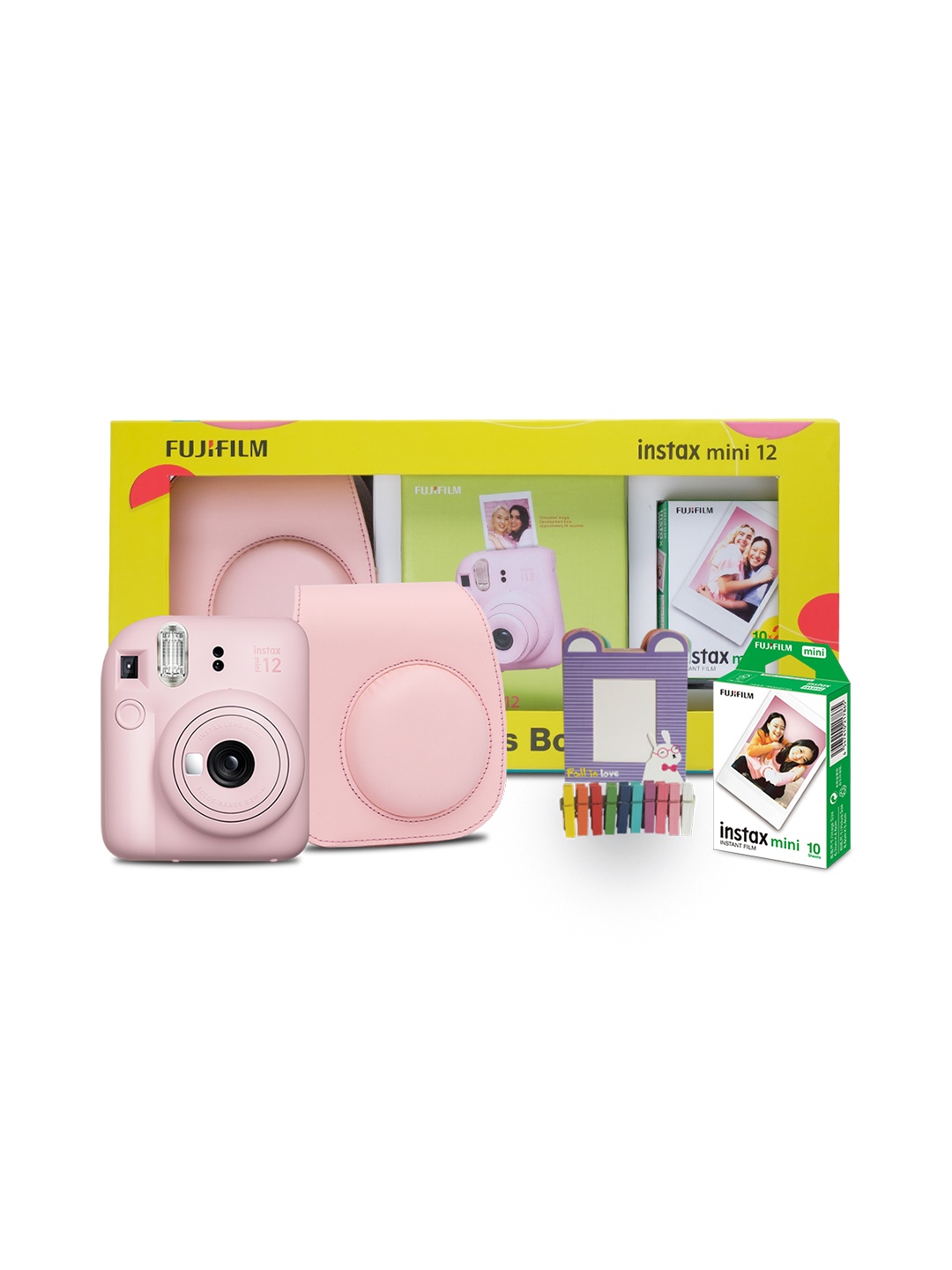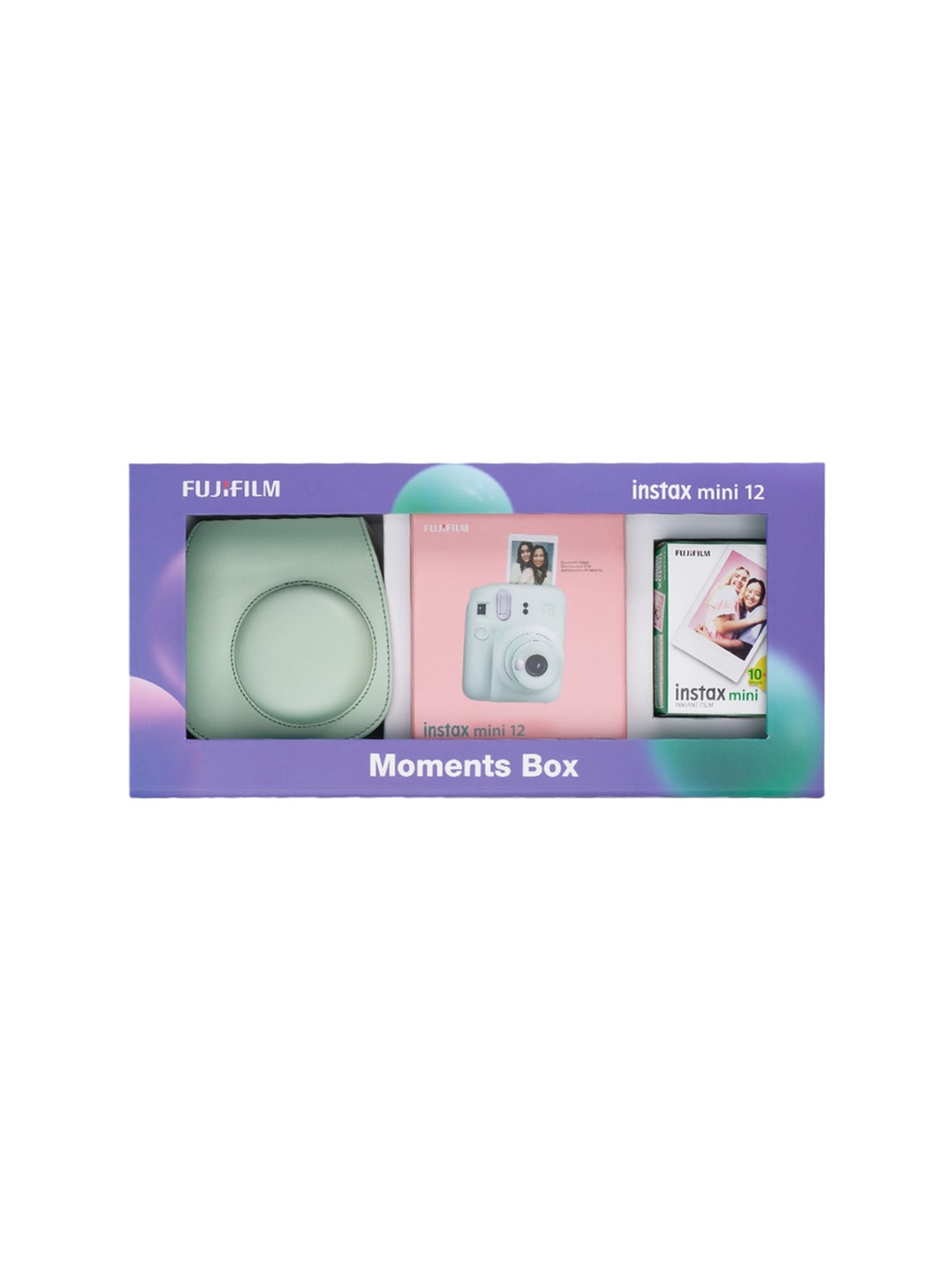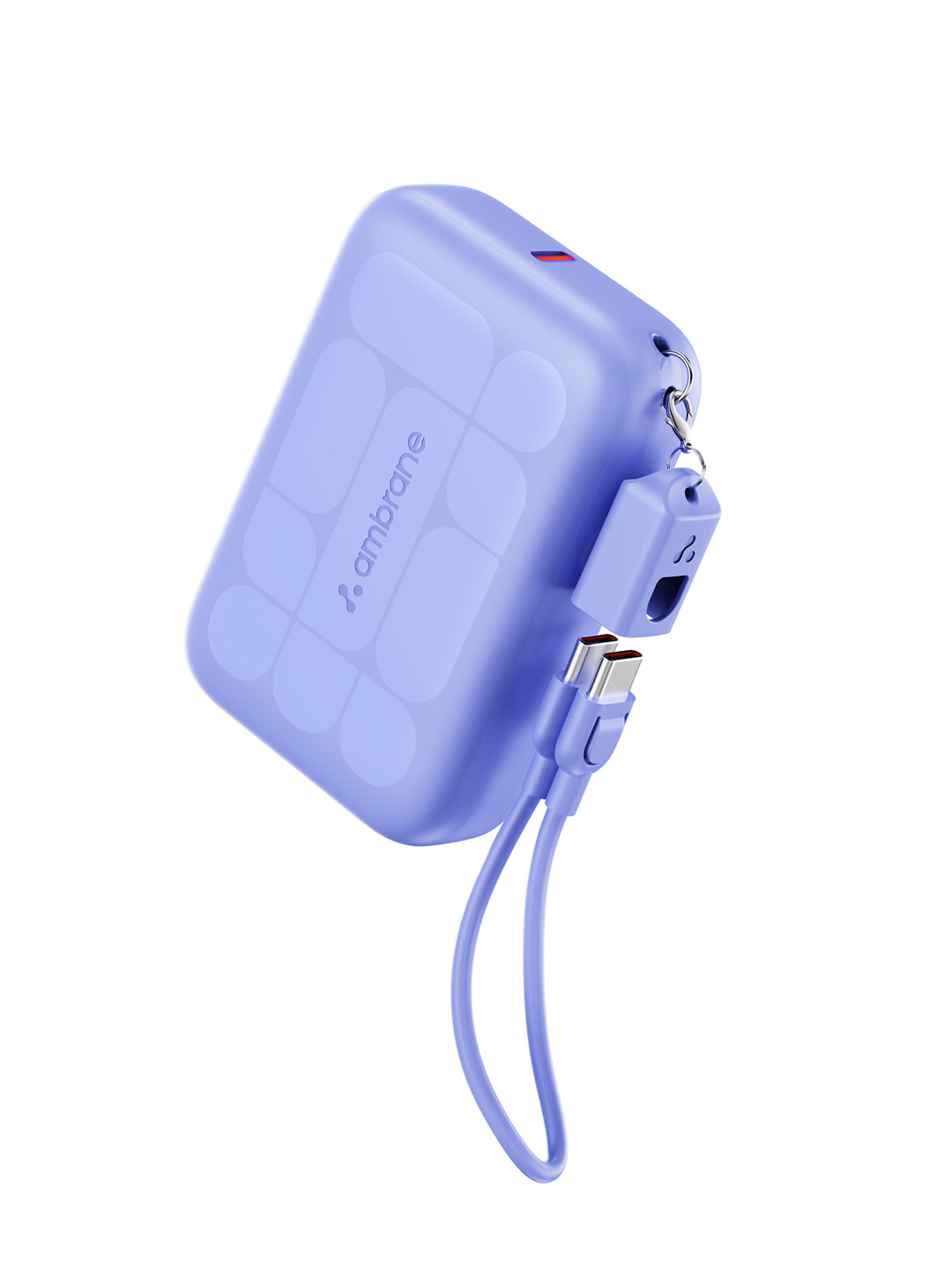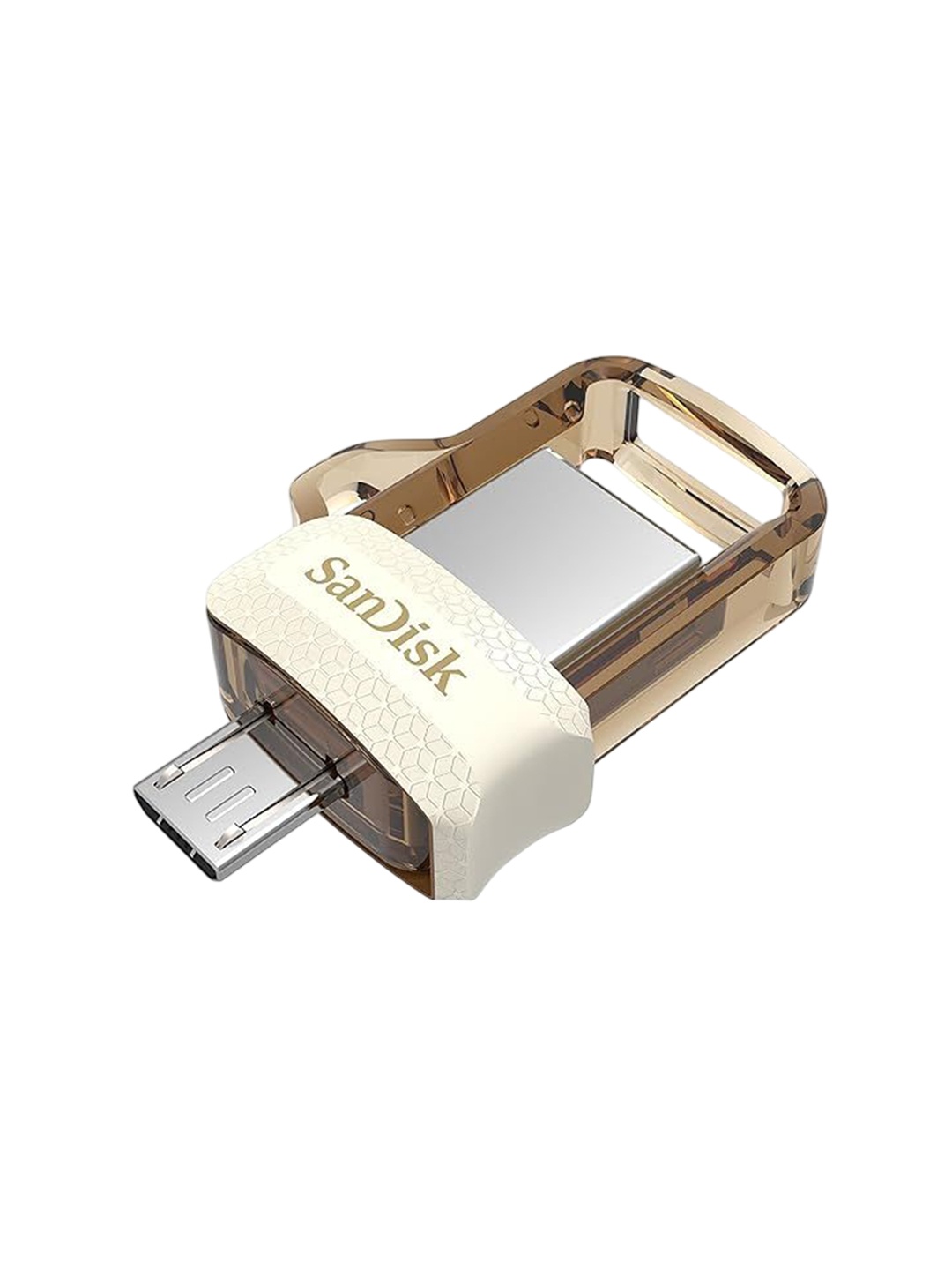How to Pick the Right Extension Board for High-Load Devices: Stay Protected from Electrical Hazards
Extension boards are everywhere, under desks, behind TVs, beside refrigerators, quietly powering the gadgets that run daily life. This is a deep dive into how to pick a reliable, safe and durable extension board.

How To Choose Safe Extension Boards For High-Load Appliances: Avoid Overheating and Electrical Hazards.
Every home today buzzes with electrical devices, from air fryers and washing machines to heaters and laptops. When there aren't enough wall sockets, the humble extension board steps in. Yet, this small accessory carries a big responsibility. One wrong choice can lead to overheating, melted wires, or even short circuits.
Picture this: a rainy evening, the geyser and washing machine running together, all connected through a flimsy extension board. Within minutes, the plug starts to heat up, a faint burning smell fills the air, and panic sets in. A preventable disaster in the making. The truth is, most electrical accidents at home stem from overloaded or poor-quality extension boards.
Here are 10 essentials for choosing the right extension board - match load capacity, plug quality, grounding, and surge protection to keep appliances and homes safe.

Here are the essentials of picking the right extension board for heavy-load appliances so your gadgets and your home stay safe; Photo Credit: Pexels
The Smart Buyer's Guide To Safe Extension Boards
1. Know Your Load Before You Plug In
Before choosing an extension board, it's essential to understand the load your appliances demand. High-load devices such as refrigerators, washing machines, and irons consume a lot more power than mobile chargers or lamps. Each device comes with a wattage rating (usually mentioned near the plug or in the manual).
For instance, an iron might consume 1200 watts, while a microwave may pull up to 2000 watts. Add them up, and that's the total load your extension board should handle. If your board supports only 1000 watts and you plug in a 1500-watt heater, you're essentially asking for trouble.
Think of it as overloading a scooter with three passengers and a sack of groceries; it might move, but it's not safe. Always ensure your extension board's rating comfortably exceeds your total appliance load. A safe buffer of 20–30% extra capacity can go a long way in preventing overheating and tripped circuits.
2. Always Check the Ampere Rating
A board's ampere rating tells how much current it can safely handle. Most household sockets run on 6A (low-load) or 16A (high-load). Plugging a 16A device, like a geyser, into a 6A board is like forcing a thick cable through a narrow pipe; it's bound to overheat.
Before purchasing, flip the extension board over and check the ampere rating printed on the back. For heavy-duty use, such as air conditioners or electric kettles, a 16A board is ideal. For smaller gadgets, a 6A one suffices.
Don't rely on appearances. A board that “looks sturdy” may not be electrically capable. It's the ampere rating that decides whether it can handle that surge of current when your appliance kicks in.
Also Read: More Sockets, Less Hassle With Extension Boards For Everyday Need
3. Quality of the Wiring and Copper Conductors
Inside every extension board lies its heart, the wiring. Cheap boards often use thin copper or, worse, mixed-metal wires that resist current flow, leading to heat build-up.
Look for boards with 100% pure copper wiring. Copper is an excellent conductor, meaning electricity flows smoothly without resistance or heat. The wires should also have thick insulation to prevent short circuits if there's moisture or dust.
A quick test? Feel the wire. If it's light and flimsy, it probably isn't built to last. Good boards have a solid, slightly heavy cable, a small but reassuring sign of quality.
Remember, the board's life is only as strong as the wire that powers it.
4. The Importance of Surge Protection
A power surge is a sudden spike in voltage, something that happens more often than we realise, especially during storms or frequent power cuts. Without protection, these spikes can fry sensitive circuits inside appliances.
Look for extension boards with built-in surge protectors or spike guards. These act like security guards for your gadgets, diverting excess electricity safely away from the devices.
When a surge protector is present, it's usually indicated by a small light or label on the board. Yes, such boards may cost a few hundred rupees more, but that's a small price to pay compared to replacing a ₹40,000 refrigerator.

10 Smart Tips to Choose Safe Extension Boards for To Prevent Overheating; Photo Credit: Pexels
5. Look for Overload Protection
An often-ignored but crucial feature is overload protection. This mechanism automatically cuts off power when the current flow exceeds safe limits. It prevents the board from overheating or catching fire.
Some boards have a small reset button or fuse switch. Once the load reduces, pressing the reset button restores power. It's a thoughtful design that adds an extra layer of safety, especially in households where multiple devices share the same outlet.
Overload protection acts as a built-in safety net, a smart way to prevent mishaps caused by human forgetfulness or an unexpected power surge.
6. Choose the Right Cable Length
Many people assume that a longer cable is always better. However, that's not entirely true. Longer cables tend to have higher electrical resistance, which can slightly reduce voltage and increase heat generation.
If your appliance is close to a wall socket, choose a short, thick cable. If the distance is more, ensure the cable is adequately rated to handle the load. Avoid running long extension cords under carpets or behind furniture, as restricted airflow can trap heat and cause the insulation to deteriorate.
In small apartments or rooms, it's better to plan socket placement rather than stretching cables across the floor like snakes waiting to trip someone!
7. Material and Build Quality Matter
A good extension board isn't just about what's inside; the exterior matters too. Cheap plastic bodies can warp or melt when exposed to heat. Choose boards made from fire-retardant materials, these resist ignition even if overheated.
A well-built board should feel sturdy in hand, with firm sockets that hold plugs snugly without wobbling. Loose sockets cause poor connections, leading to sparking, the first sign of trouble.
If you've ever seen a blackened plug point, that's the result of a weak connection and poor build quality. Spending ₹300–₹400 extra on a board made from high-grade polycarbonate or ABS plastic can mean years of safe service.

10 Smart Tips to Choose Safe Extension Boards To Prevent Overheating; Photo Credit: Pexels
8. Switches and Indicators Are More Than Just Fancy Add-ons
Many premium extension boards come with individual switches and LED indicators for each socket. These aren't just decorative features, they're functional and practical.
Individual switches allow users to turn off devices when not in use, saving energy and reducing wear on plugs. The tiny indicator lights serve as reminders of which sockets are active, helping avoid accidental overloads.
It's particularly useful when managing multiple appliances, say, charging a laptop while running a fan. You can cut power to one without disturbing the other. Simple, smart, and safe.
9. Brand Reputation and Warranty: The Silent Safeguards
In the world of electrical accessories, brand reliability matters. Established manufacturers follow quality standards, use certified components, and offer warranties. Lesser-known brands might lure with cheaper prices but often compromise on internal wiring and safety certifications.
Look for ISI-marked products or those certified by BIS (Bureau of Indian Standards). This small logo ensures that the product meets safety regulations. Brands like Anchor, Havells, Belkin, and GM are known for their durability and safety.
A warranty, even if it's just for a year, reflects confidence in product quality. It's a sign that the manufacturer stands by their workmanship.
10. Maintenance and Smart Usage: Safety Beyond Purchase
Buying the right extension board is only half the story. Safe usage keeps it reliable over time.
- Don't overload: Avoid plugging multiple heavy appliances into one board.
- Check regularly: If a plug or socket feels hot, unplug immediately.
- Clean dust and moisture: Both can cause current leakage.
- Replace when worn: Cracked insulation or burnt smell means it's time for a new one.
Think of extension boards like tyres, they wear out silently but are crucial for safety. A small inspection every few months can prevent big disasters.
Also, unplug appliances during long power cuts or thunderstorms. A moment's precaution can save thousands of rupees and prevent emotional stress from avoidable damage.
Products Related To This Article
1. GM 3060 Extension Board 10Amp Output 250 Volts with 2 Mtr Extension Cord & Surge Protector
2. Lifelong Electronics Extension Board 7-in-1 with Switch
3. GM G-Hoop 4+1 Multi Plug Extension Board with 2 Metre Cord
4. Portronics Power Plate 10 Extension Board with 4 Universal Sockets
5. ANCHOR by Panasonic 6 Amp Power Strip with 4 Universal Sockets with Master Switch
6. Portronics Power Plate 6 with 4 USB Port + 5 Power Sockets Extension Board
7. ADDMAX Extension Board with USB | 6 Power Sockets
Extension boards may seem ordinary, but they're the silent sentinels of every modern home, carrying the pulse of daily life through their wires. Choosing the right one isn't just about convenience; it's about safety, reliability, and trust.
When it comes to electricity, shortcuts are expensive lessons waiting to happen. Spend a little extra, check the ratings, and choose quality over appearance. Because in the end, peace of mind is worth far more than the price tag on a power strip.
A safe home begins with small, smart choices, and your extension board is one of them.
Disclaimer: The images used in this article are for illustration purposes only. They may not be an exact representation of the products, categories, and brands listed in this article.











